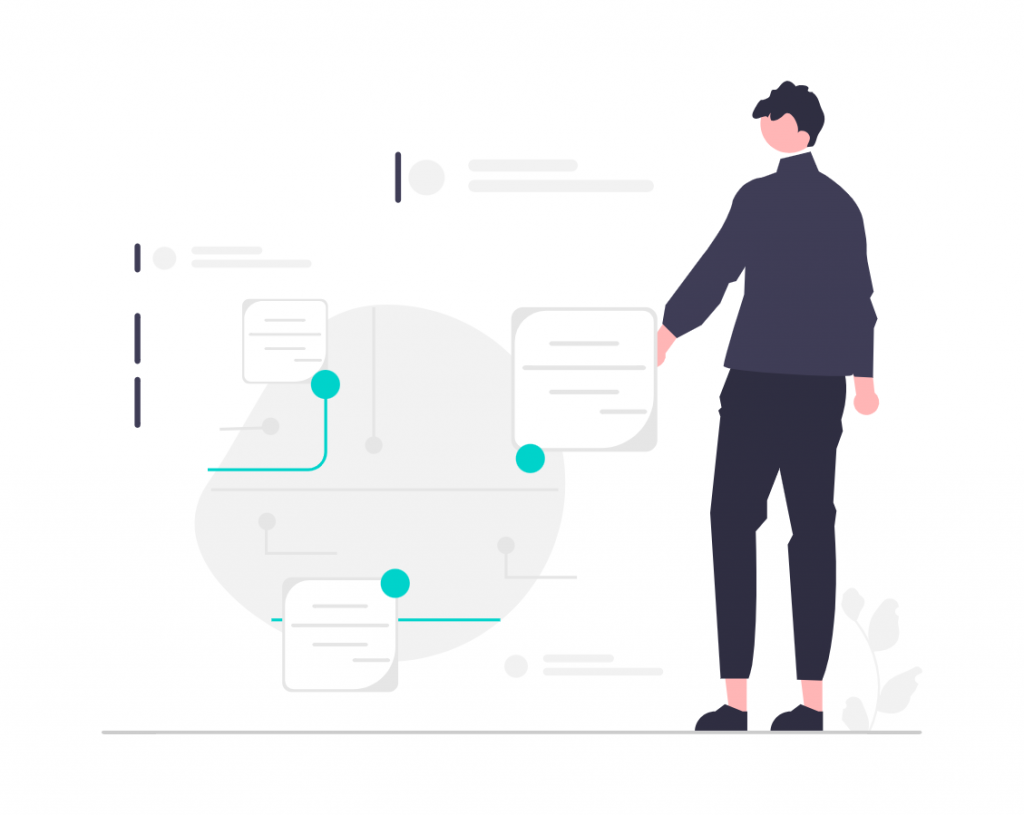
For too long, language-related tasks within organizations were confined to translation departments, isolated localization teams, or outsourced vendors. But as businesses digitized and scaled globally, these traditional models could not keep up. That’s why a new approach appeared, and that’s what we’re going to talk about in this article. So, what is LangOps? Here’s what you need to know.
What is LangOps?
LangOps, or Language Operations, is a cross-functional discipline that integrates people, processes, and technology to manage and optimize language operations at scale. It centralizes the orchestration of language services across an organization, supporting a diverse range of content types, from marketing assets and legal documents to user interfaces, support tickets, and voice interactions.
To gain a better understanding: people often compare LangOps to DevOps. Basically, DevOps is all about speeding up software delivery, while LangOps helps teams communicate and work together better across the globe. So, it’s like DevOps, but the principles are applied to language operations.
What sets LangOps apart is its emphasis on automation, measurement, and collaboration. Rather than viewing language as a linear service to be outsourced, LangOps embeds language workflows into core business processes. It brings together linguists, engineers, product managers, marketers, and AI systems under a unified operational framework.
The role of AI and technology in LangOps
LangOps is integrated with artificial intelligence and automation tools. Neural machine translation (NMT), natural language processing (NLP), and language models all play key roles in scaling translation workflows and improving time-to-market.
LangOps platforms leverage AI to perform real-time translation, sentiment analysis, and even multilingual content generation. Automation pipelines help route content to the right human or machine resource, apply quality assurance checks, and analyze linguistic performance metrics. The result is a highly adaptive system that continuously learns and improves.
How teams work
LangOps teams are usually multidisciplinary, composed of roles language program managers, localization engineers, machine translation specialists, linguistic quality managers, data analysts, and vendor managers. With this blend of roles, LangOps can handle the complexity of a multilingual organization while continuously optimizing performance.
In tech-driven companies, LangOps might sit under product operations or engineering. In content-heavy organizations (e.g., media or e-commerce), LangOps may report into global marketing or digital operations. Increasingly, companies establish LangOps as a standalone function reporting to a chief operating officer, chief customer officer, or even chief globalization officer.
Agile methodologies
LangOps teams often adopt agile methodologies, using sprints and iterative cycles to manage complex localization projects. They employ APIs and connectors to automate file handling, implement quality gates at key checkpoints, and use continuous localization models for fast-moving products. Scalable workflows are are essential! Moreover, LangOps is also about creating feedback loops that enhance linguistic quality, reduce rework, and generate actionable insights.
A culture of language operations
In sum, to answer your question about what is LangOps, we can say it represents a paradigm shift in how modern enterprises conceive and manage language. The shift to LangOps encourages teams to consider internationalization from day one and to treat multilingual content with the same rigor as source content.
The rapid advancement of AI and machine learning promises to augment language operations capabilities even further. The organizations that master it are those that manage to blend the latest technology with human insight, using data to inform both automated processes and creative decisions.